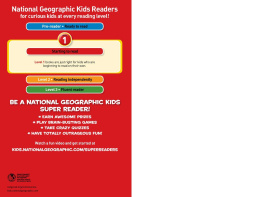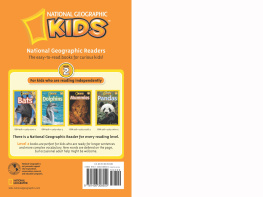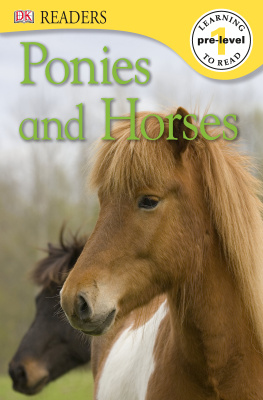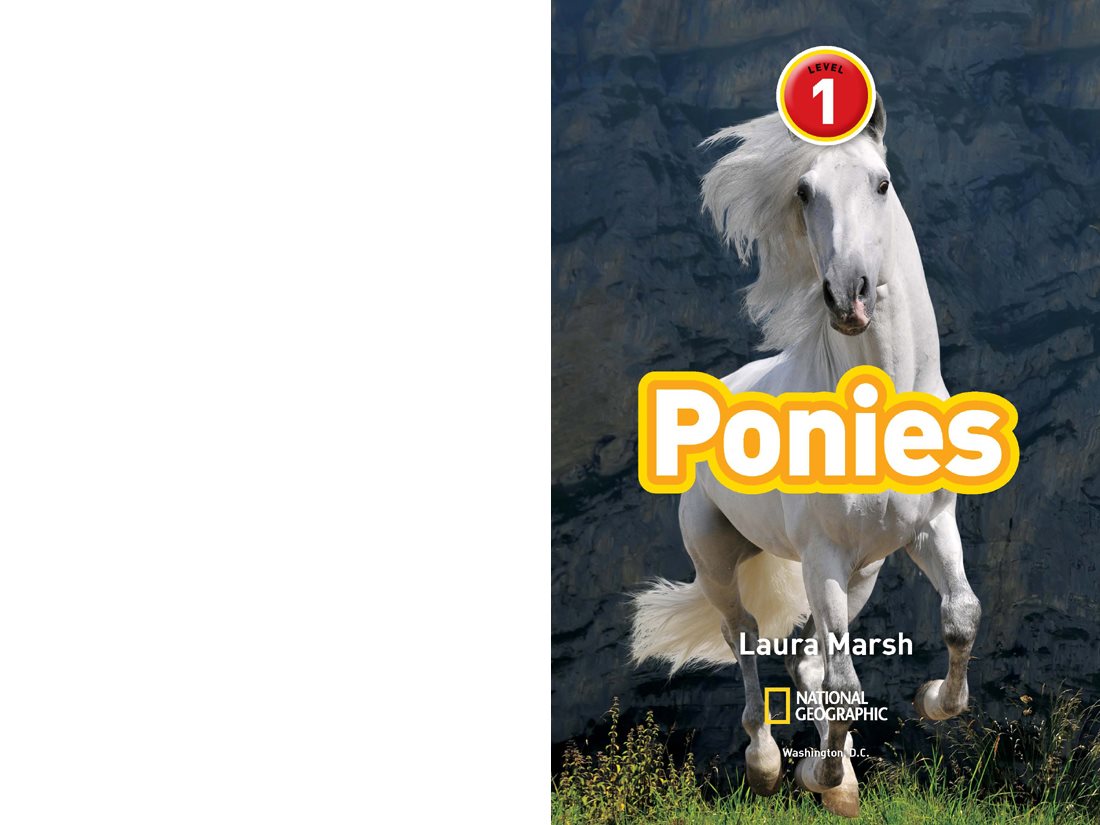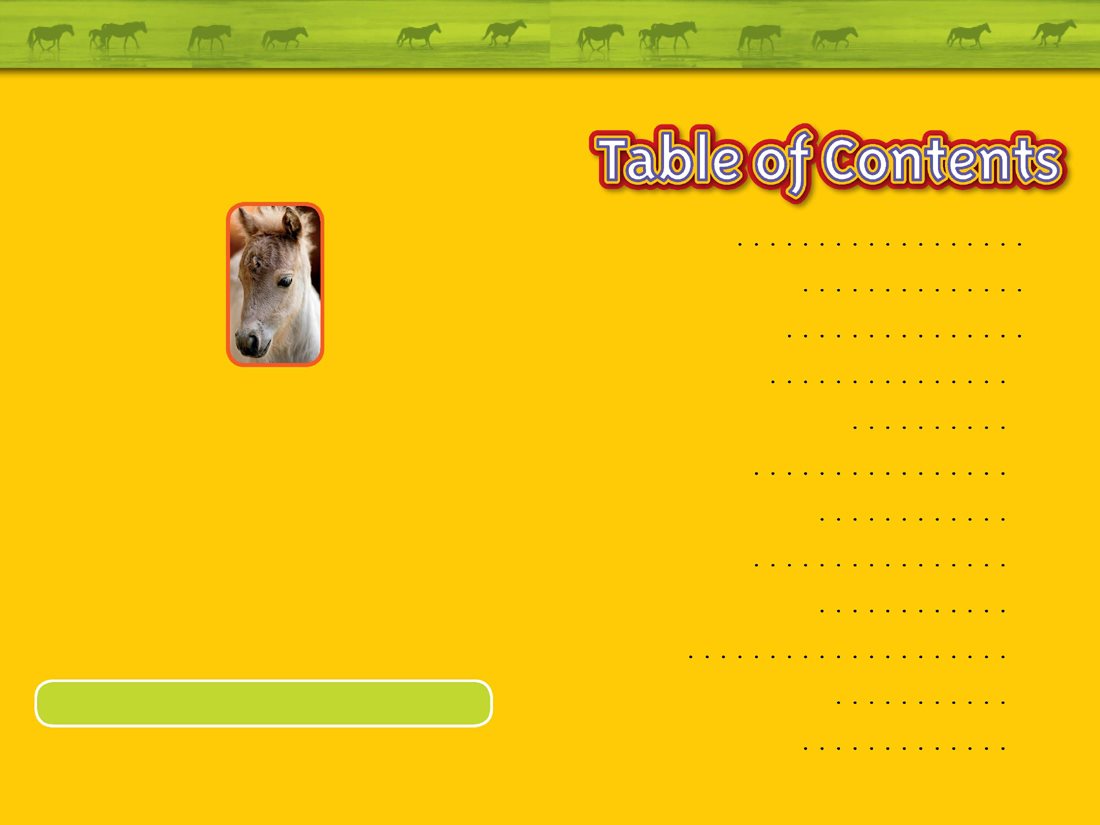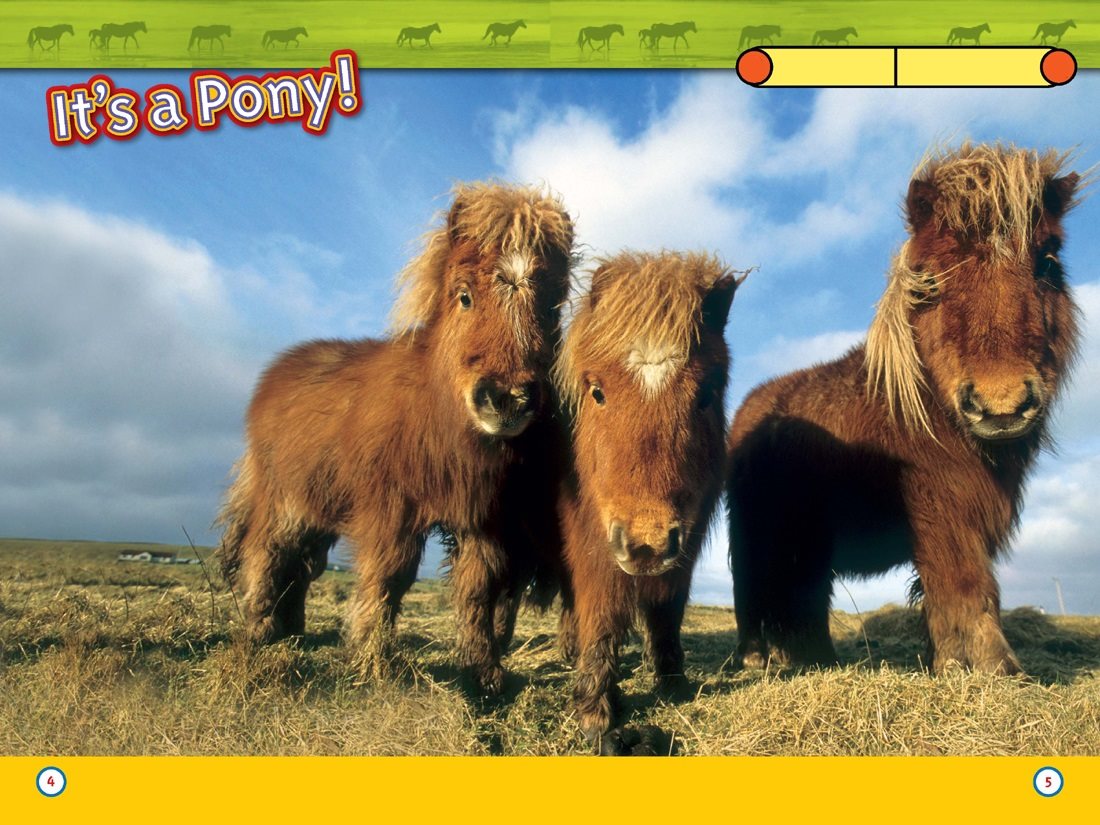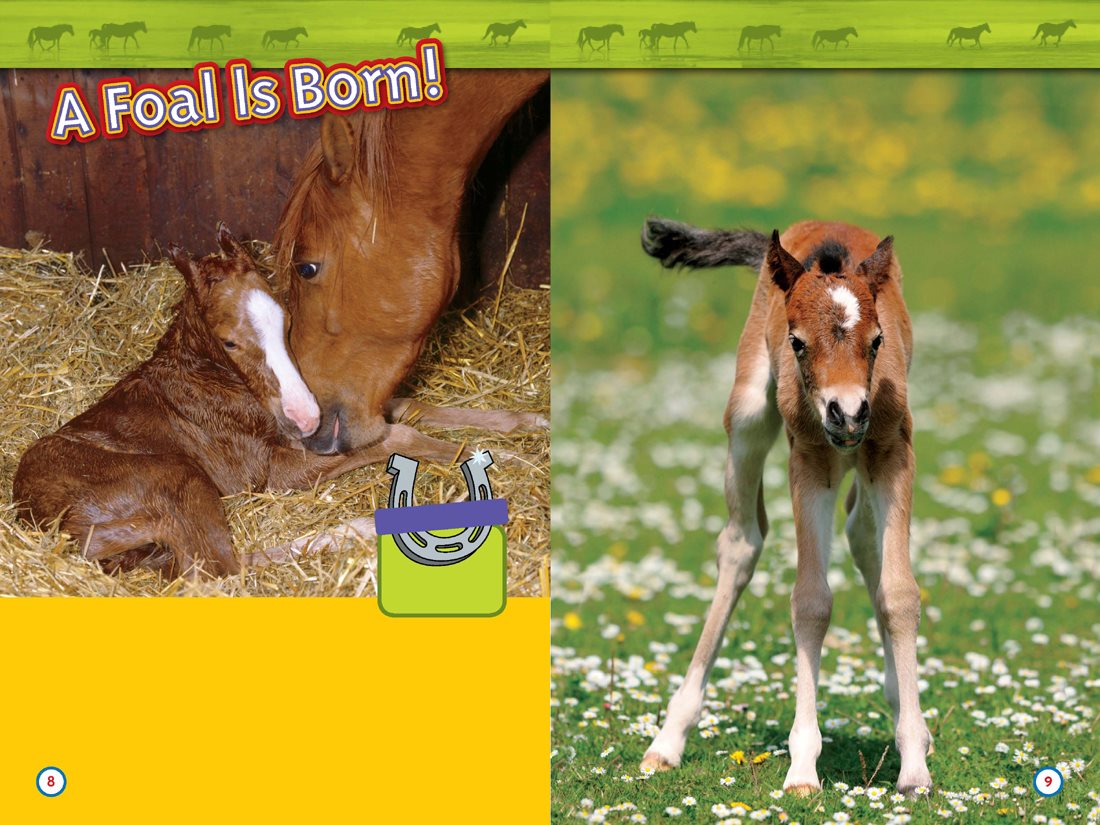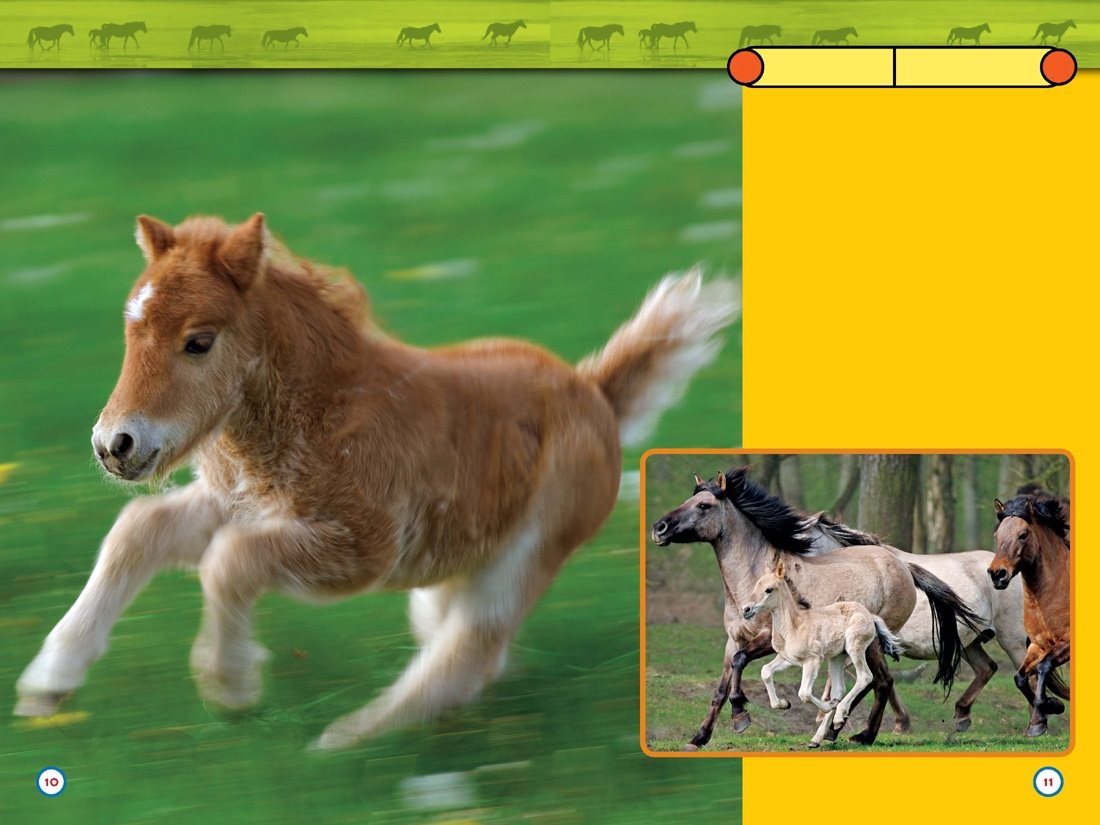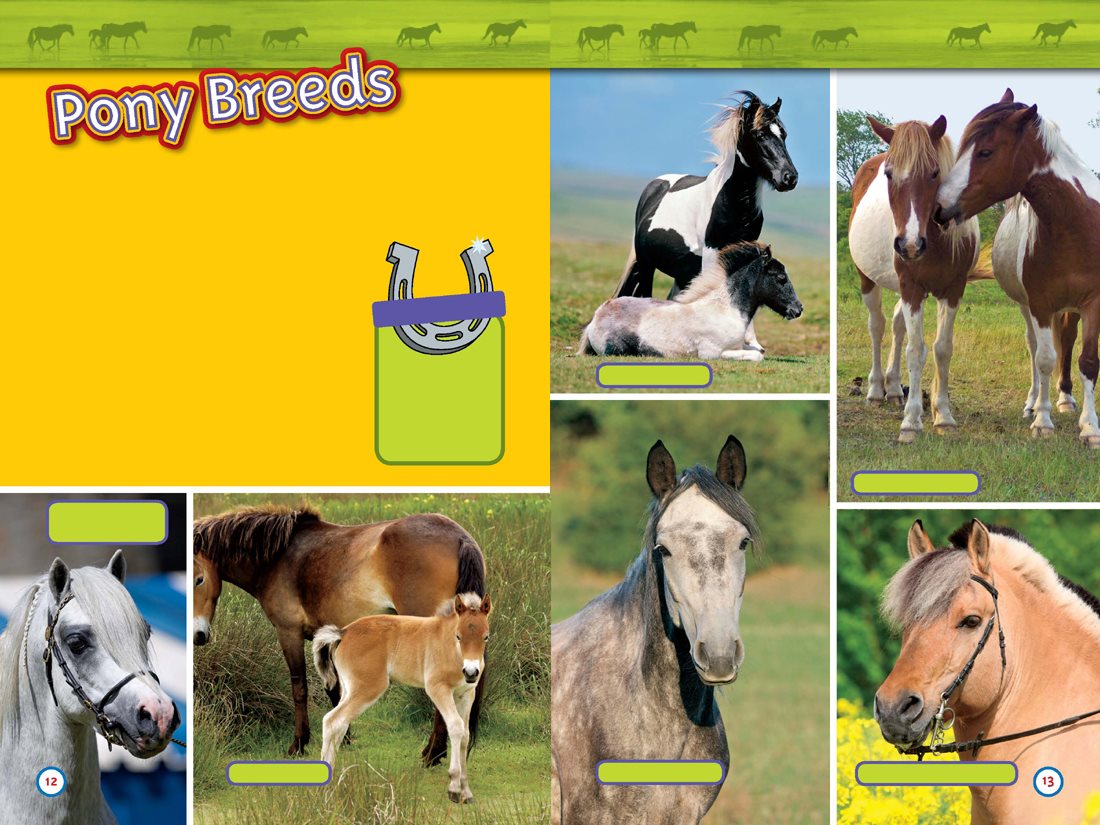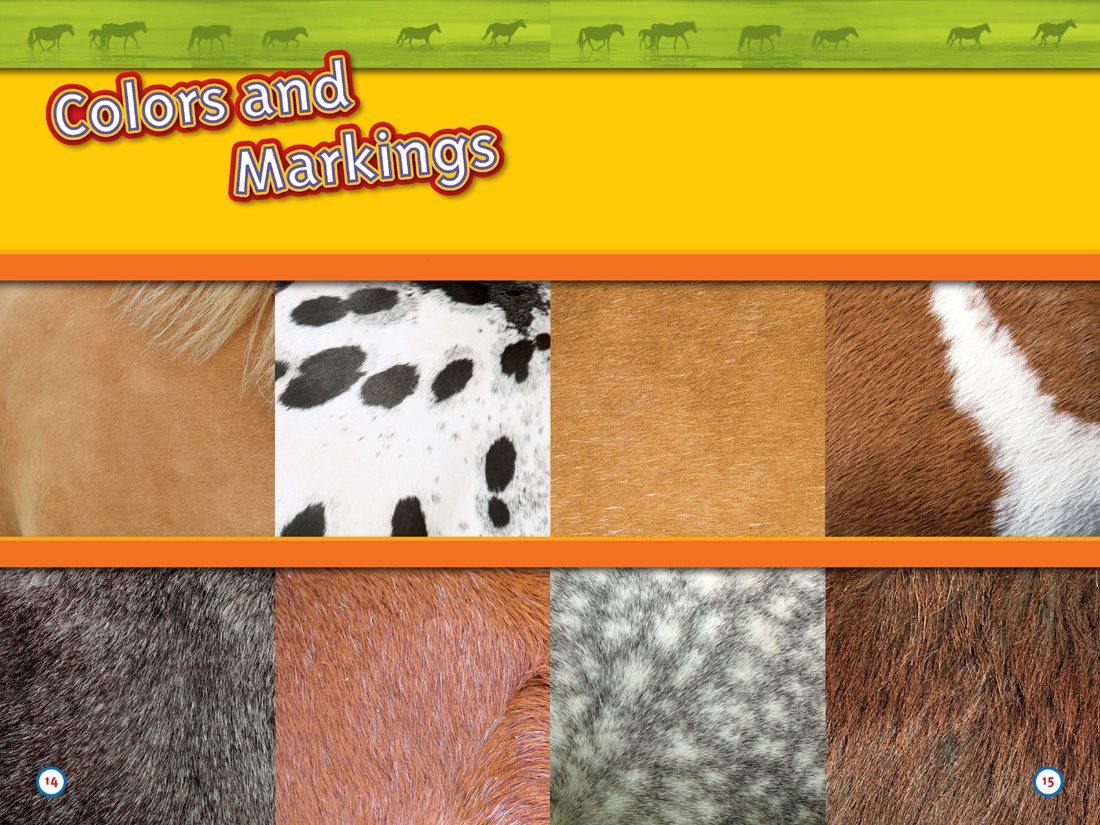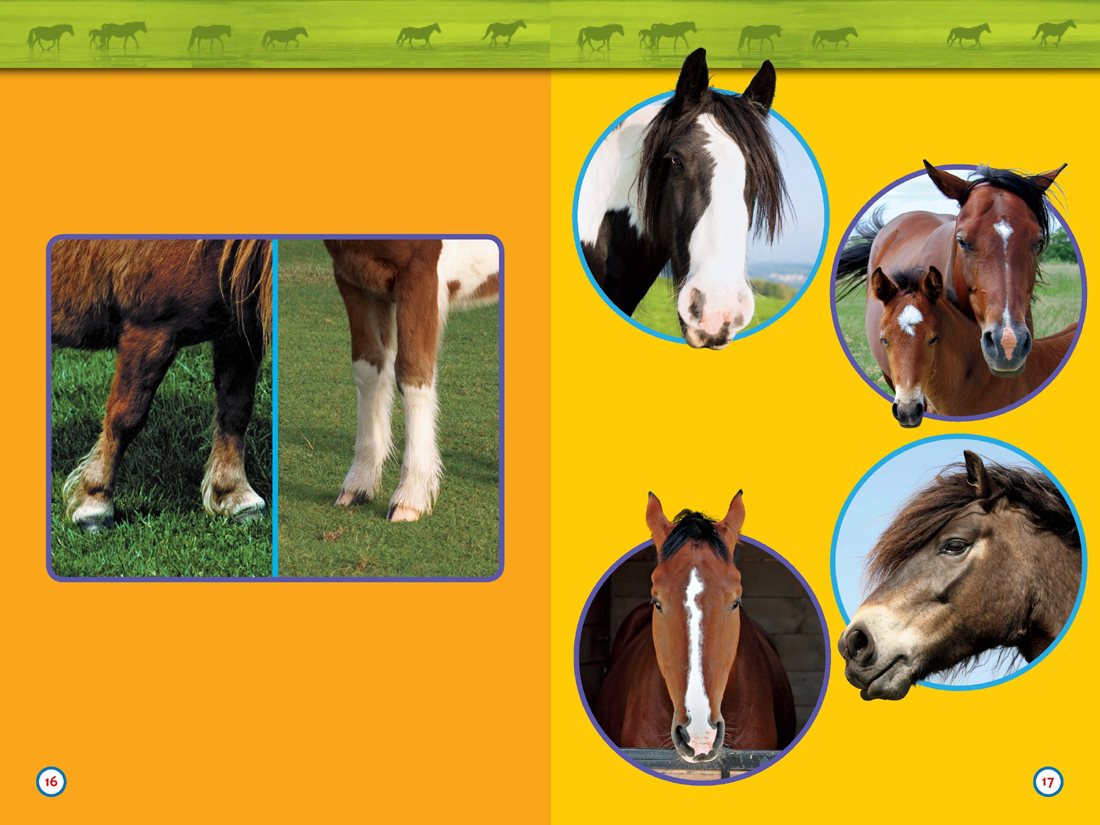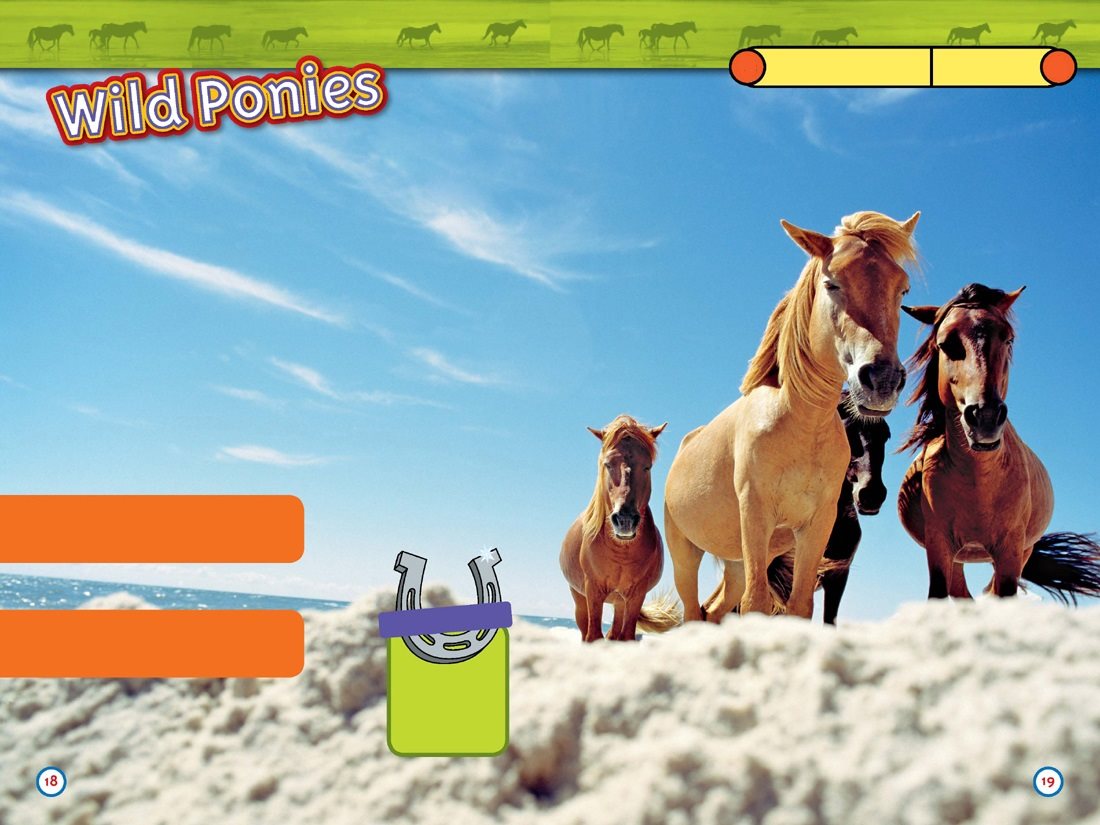For Alec
L.F.M.
Copyright 2011 National Geographic Society
Published by the National Geographic Society, Washington, D.C. 20036. All rights reserved.
Reproduction in whole or in part without written permission of the publisher is prohibited.
Design by Yay Design
Trade Paperback ISBN: 978-1-4263-0849-9
Library Binding ISBN: 978-1-4263-0850-5
Photo credits: Cover, Philip Tull/ Oxford Scientific/ Photolibrary.com; 1, Makarova Viktoria/ Shutterstock; 2, Tim Graham/ The Image Bank/ Getty Images; 4-5, Gallo Images/ Getty Images; 6, Eric Issele/ Shutterstock; 7 (top left), Ocean/ Corbis; 7 (top right), Image Source/ Corbis; 7 (left center), Mikhail Kondrashov/ iStockphoto.com; 7 (right center), Lenkadan/Shutterstock; 7 (bottom left), Eduard Kyslynskyy/ Shutterstock; 7 (bottom right), Daniel Gale/ Shutterstock; 8, Jane Burton/ naturepl.com; 9, F1online digitale Bildagentur GmbH/ Alamy; 10-11, Cornelia Doerr/ Photographers Choice/ Getty Images; 11, ARCO/ naturepl.com; 12 (left), Kristel Richard/ naturepl.com; 12 (right), blickwinkel/ Alamy; 13 (top left), Juniors Bildarchiv/ Alamy; 13 (top right), Rachel Faulise; 13 (bottom left), Foto Grebler/ Alamy; 13 (bottom right), Zuzule/ Shutterstock; 14 (top left), teamtime/ iStockphoto.com; 14 (top right), pastoor/ iStockphoto.com; 14 (bottom left), Andries Oberholzer/ Shutterstock; 14 (bottom right), Matti/ Alamy; 15 (top left), George Clerk/ iStockphoto.com; 15 (top right), enis izgi/ iStockphoto.com; 15 (bottom left), Oshchepkov Dmitry/ Shutterstock; 15 (bottom right), Lagui/ Shutterstock; 16 (left), Geoff du Feu/ Photodisc/ Getty Images; 16 (right), Tim Burrett/ NationalGeographicStock.com; 17 (top left), Frank Lukasseck/ Photographers Choice/ Getty Images; 17 (top right), Kim Tegg/ National Geographic My Shot; 17 (bottom left), Mikhail Kondrashov fotomik/ Alamy; 17 (bottom right), verity johnson/ iStockphoto.com; 18-19, Steve Cicero/ Corbis; 20-21, Flickr RF/ Getty Images; 22, hulton Archive/ Getty Images; 22 (Background), Torkile/ iStockphoto.com; 23, Jack Delano/ Hulton Archive/ Getty Images; 24-25, Westend61/ Getty Images; 25 (top), Dorling Kindersley/ Getty Images; 25 (center), Dorling Kindersley/ Getty Images; 25 25 (bottom), Lynn Johnson/ NationalGeographicStock.com; 26, Medford Taylor/ National Geographic/ Getty Images; 27 (top), Danny Smythe/ iStockphoto.com; 27 (right center), Borodaev/ Shutterstock; 27 (left center), Juniors Bildarchiv/ Alamy; 27 (bottom), Michael Westhoff/ iStock photo.com; 27 (top left), Ben Molyneux Sports/ Alamy; 28 (top), Hugh Threlfall/ Alamy; 28 (center), Dorling Kindersley/ Getty Images; 28 (bottom left), Timothy Large/ Alamy; 28 (bottom right), Dorling Kindersley/ Getty Images; 29, Blue Destiny/ Alamy; 30 (left), Anja Hild/ iStockphoto.com; 30 (right), Iurii Konoval/ iStockphoto.com; 31 (top left), Igum nova Irina/ Shutterstock; 31 (top right), Charles Mann/ iStockphoto. com; 31 (bottom left), jadimages/ Shutterstock; 31 (bottom right), Sian Lewis/ iStockphoto.com; 32 (top left), Rachel Faulise; 32 (top right), Steve Cicero/ Corbis; 32 (bottom left), Jane Burton/ naturepl.com; 32 (bottom right), Ocean/ Corbis
National Geographic supports K12 educators with ELA Common Core Resources.
Visit natgeoed.org/commoncore for more information.
Printed in the United States of America
15/WOR/4
A foal can stand soon after birth.
It is wobbly on its feet at first.

